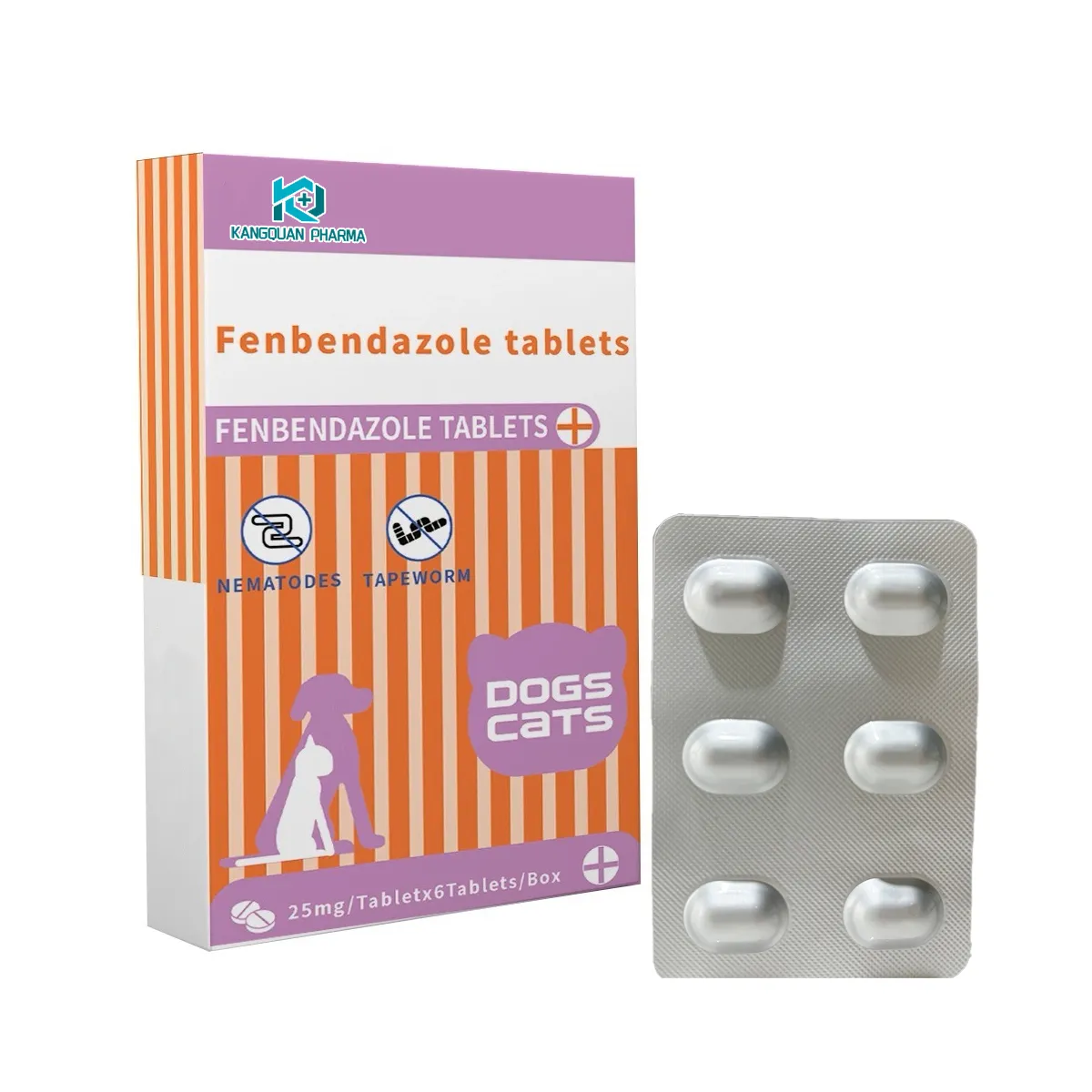- Afrikaans
- Albanian
- Amharic
- Arabic
- Armenian
- Azerbaijani
- Basque
- Belarusian
- Bengali
- Bosnian
- Bulgarian
- Catalan
- Cebuano
- Corsican
- Croatian
- Czech
- Danish
- Dutch
- English
- Esperanto
- Estonian
- Finnish
- French
- Frisian
- Galician
- Georgian
- German
- Greek
- Gujarati
- Haitian Creole
- hausa
- hawaiian
- Hebrew
- Hindi
- Miao
- Hungarian
- Icelandic
- igbo
- Indonesian
- irish
- Italian
- Japanese
- Javanese
- Kannada
- kazakh
- Khmer
- Rwandese
- Korean
- Kurdish
- Kyrgyz
- Lao
- Latin
- Latvian
- Lithuanian
- Luxembourgish
- Macedonian
- Malgashi
- Malay
- Malayalam
- Maltese
- Maori
- Marathi
- Mongolian
- Myanmar
- Nepali
- Norwegian
- Norwegian
- Occitan
- Pashto
- Persian
- Polish
- Portuguese
- Punjabi
- Romanian
- Russian
- Samoan
- Scottish Gaelic
- Serbian
- Sesotho
- Shona
- Sindhi
- Sinhala
- Slovak
- Slovenian
- Somali
- Spanish
- Sundanese
- Swahili
- Swedish
- Tagalog
- Tajik
- Tamil
- Tatar
- Telugu
- Thai
- Turkish
- Turkmen
- Ukrainian
- Urdu
- Uighur
- Uzbek
- Vietnamese
- Welsh
- Bantu
- Yiddish
- Yoruba
- Zulu
Novemba . 12, 2024 15:42 Back to list
amoxicillin dose in cattle
Amoxicillin Dosage in Cattle Guidelines and Considerations
Amoxicillin is a broad-spectrum antibiotic that is commonly used in the treatment of bacterial infections in various animal species, including cattle. Its effectiveness against both Gram-positive and some Gram-negative bacteria makes it a vital component of veterinary medicine. As with any medication, understanding the appropriate dosage is crucial to ensure the efficacy of the treatment while minimizing the risk of resistance development.
Indications for Amoxicillin Use in Cattle
Amoxicillin is primarily used to treat infectious diseases in cattle, such as respiratory infections, mastitis, and urinary tract infections among others. It is often administered either orally or via injection, depending on the severity and type of infection. Due to its time-tested efficacy, it is pivotal for veterinarians to establish the correct dosage that aligns with the specific condition being treated.
Recommended Dosage
The recommended dosage of amoxicillin in cattle varies based on several factors, including the animal's weight, age, health condition, and the severity of the infection. Generally, the common dosage for cattle ranges from 10 to 20 mg per kilogram of body weight. However, it is essential to adhere to specific veterinary guidelines, as individual cases may warrant adjustments.
For instance, in the case of treating bovine respiratory disease, a dosage of 10 mg/kg every 24 hours for up to five days is frequently advised. For mastitis, higher doses may be required, sometimes reaching up to 15 mg/kg twice a day. It’s also important to monitor the cattle’s response to treatment and adjust further dosages if necessary.
Routes of Administration
amoxicillin dose in cattle

Amoxicillin can be administered through various routes, including injectable formulations and oral preparations. Injectable forms may provide more rapid therapeutic levels in the bloodstream, making them ideal for acute infections. Oral formulations, while effective, might take longer to show a response due to the time required for absorption in the gastrointestinal tract.
Withdrawal Times
It's critical to consider the withdrawal period for amoxicillin in cattle, especially for those raised for milk or meat production. The withdrawal period is the time required after treatment ends before an animal can be slaughtered for food, or their milk can be sold. Typically, the withdrawal time for amoxicillin in cattle ranges from 4 to 14 days. This variation depends on the formulation used and the specific guidelines set by regulatory agencies. Ensuring that these withdrawal times are strictly adhered to is crucial for consumer safety and maintaining food quality standards.
Resistance and Precautions
The use of antibiotics, including amoxicillin, raises concerns about antibiotic resistance, an escalating global health issue. Veterinarians and cattle producers must practice responsible antibiotic stewardship, ensuring that antibiotics are only used when genuinely necessary and that the full course is completed. Notably, resistance can occur when doses are insufficient or if treatments are not completed.
In addition, veterinarians should be aware of any potential side effects associated with amoxicillin administration, such as allergic reactions or gastrointestinal disturbances. Monitoring cattle closely for adverse reactions during and after treatment is essential for ensuring the overall health and welfare of the animals.
Conclusion
Amoxicillin is a valuable tool in the veterinary toolkit for treating bacterial infections in cattle. Understanding proper dosage, administration methods, withdrawal times, and the importance of responsible use can significantly impact the health of the animals and the safety of the food supply. Routine veterinary consultation for treatment decisions and a focus on advancing best practices are essential to harness the benefits of amoxicillin while mitigating the risks associated with antibiotic use. As we advance in veterinary medicine, continuous education surrounding antibiotic usage will be vital in preserving the efficacy of these critical medications for future generations of cattle.
-
Guide to Oxytetracycline Injection
NewsMar.27,2025
-
Guide to Colistin Sulphate
NewsMar.27,2025
-
Gentamicin Sulfate: Uses, Price, And Key Information
NewsMar.27,2025
-
Enrofloxacin Injection: Uses, Price, And Supplier Information
NewsMar.27,2025
-
Dexamethasone Sodium Phosphate Injection: Uses, Price, And Key Information
NewsMar.27,2025
-
Albendazole Tablet: Uses, Dosage, Cost, And Key Information
NewsMar.27,2025













